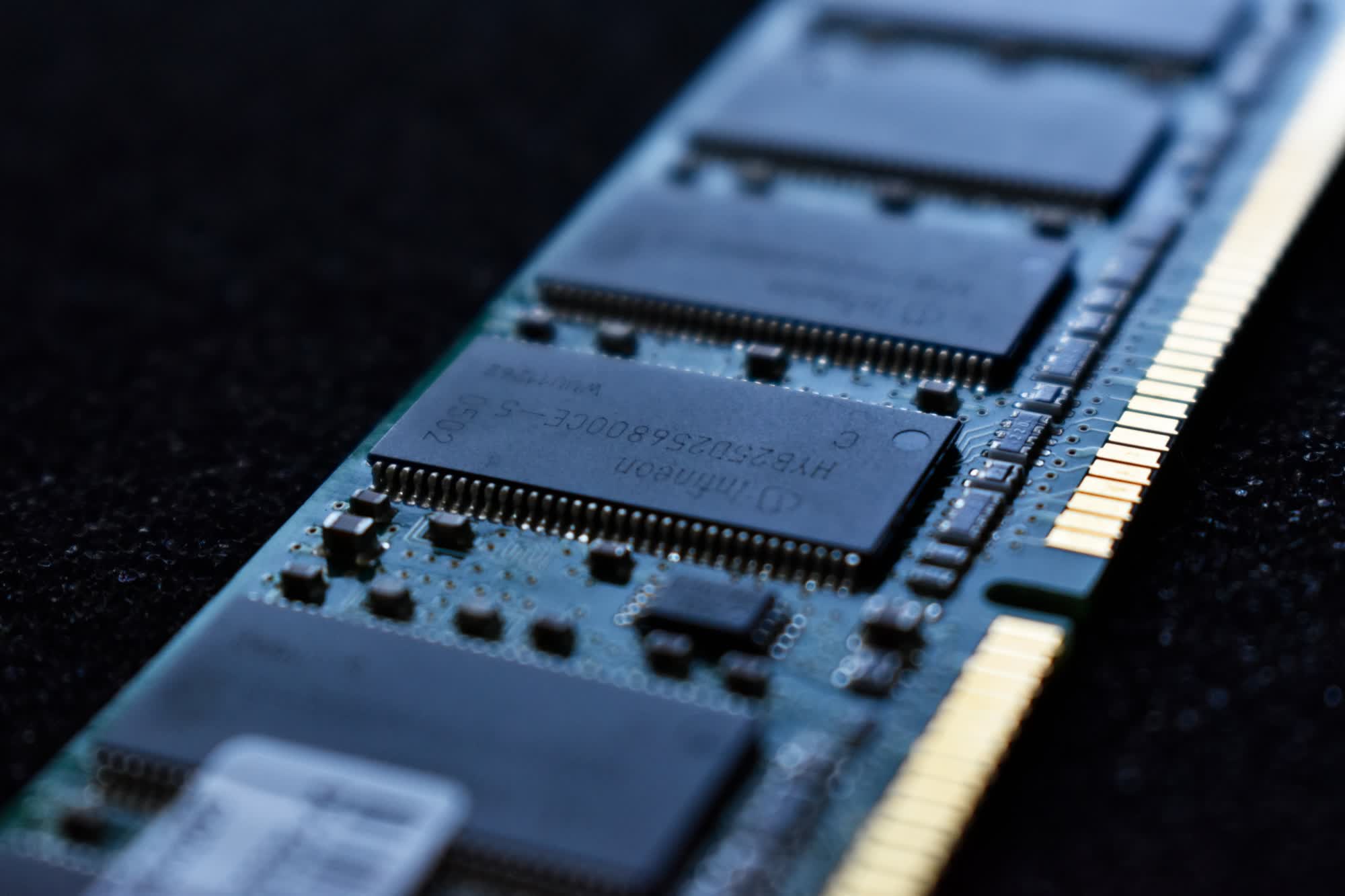Bottom line: Manufacturers are gearing up to flood the consumer market with a wave of AI-capable Windows PCs starting later this year, but they will apparently need to meet a number of minimum requirements to earn that designation from Microsoft.
Both TrendForce and Tom’s Hardware sources believe Microsoft will require new Windows PCs to meet a performance threshold of at least 40 TOPS (trillions of operations per second) to be labeled as a true AI PC.
Qualcomm’s Snapdragon X Elite platform, which is expected to ship in the second half of 2024, could be one of the first to meet Microsoft’s performance requirements at around 45 TOPS. TrendForce said Qualcomm’s early compliance could position it and partners like Dell, Asus, Lenovo, and Acer to capture early AI PC interest, which could cause the x86 camp some grief.
Intel’s Meteor Lake platform is said to fall short of Microsoft’s requirements at around 34 TOPS, but Lunar Lake might qualify when it arrives later this year. AMD’s Ryzen 8000 series (Strix Point) will also get the nod, TrendForce added.

The market researcher further noted that Microsoft will set a new minimum baseline for DRAM capacity in AI PCs (16 GB). This should not be a major hurdle for desktop users with quick and easy upgrade paths, nor is it likely to be a concern for enthusiasts that consider 16 GB to already be the absolute minimum for a new PC (and are more comfortable with 32 GB of RAM).
Existing laptop owners with memory soldered in place, however, will have some tougher decisions to make if they want to jump on the AI PC bandwagon. Fortunately, soldered memory might not be around for too much longer thanks to the new CAMM2 memory standard.
Bumping the minimum RAM requirement of new Windows PCs could also help to stabilize the memory market, which has struggled as of late to the point that manufacturers have had to cut production to help clear out mounting inventory and correct prices.

